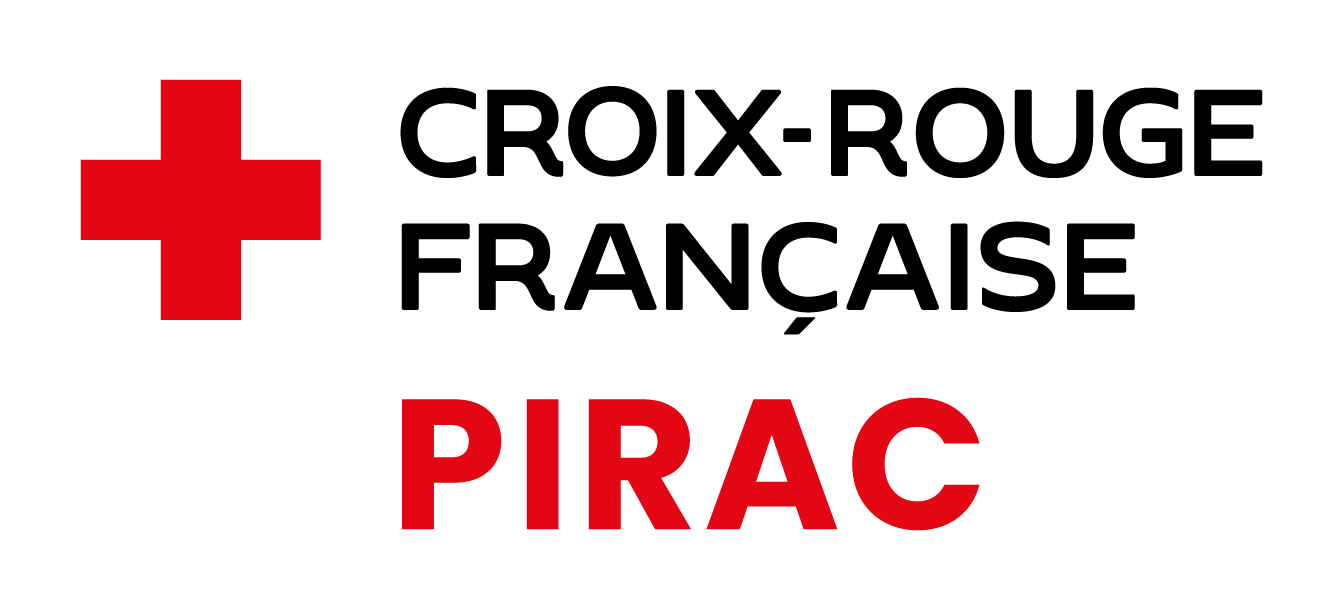Caribbean prepared
The “Caribbean Preparedness” program aims at strengthening the response capacities of emergency actors to face multiple risks in the Caribbean territories.
CONTEXT
Most of the Caribbean countries are located in the hurricane belt, which is highly exposed to extreme events and slow-moving climate hazards. These characteristics, combined with the telluric and volcanic risks, make the Caribbean the second most exposed region in the world to natural hazards. The Caribbean is also subject to various risks of human origin such as security, political or economic crises.
Many Caribbean countries face the challenges of smallness, geographic fragmentation and isolation. The growing population is concentrated in low-lying areas that are the most vulnerable to disasters. In addition, island countries often have outer islands, remote from the main islands, that are severely isolated in the event of a disaster. Finally, means of transportation are limited and costly, plunging the population into geographic and economic isolation.
In this context of environmental, social and economic fragility, the frequency and intensity of severe natural events are likely to be exacerbated by climate change. Local disaster response capacities to cover the immediate needs of those affected in the aftermath of a disaster are therefore essential. The logistical constraints of the region make local preparedness a top priority.
This project aims to strengthen preparedness and anticipation capacities to reduce the vulnerability of Caribbean communities to the impacts of climate change, disasters and crises.
At the regional level, the project will strengthen regional coordination and sharing of best practices among disaster management actors, pooling of logistical capacities based on a geographic coverage approach (including the “humanitarian corridor”) between PIRAC AND the IFRC.
At the national level, the project is strengthening disaster and crisis preparedness in Belize and the Dominican Republic by implementing actions to build the capacity of National Red Cross Societies and communities.

Key figures

Project date : June 2021 – November 2022

9600 pre-positioned kits

846 370 euros
TERRITORIES
The territories targeted by the project are :
- The Caribbean basin
- Belize
- The Dominican Republic
OBJECTIVES
Funded by the European Commission’s Directorate General for Civil Protection and European Humanitarian Aid Operations, the ECHO project started in June 2021 and will last 18 months. This project aims to develop the overall response capacity and particularly the logistical capacity of the National Red Cross Societies of the territories concerned to enable them to prepare effectively for disaster risks in the Caribbean.
Thus, the French Red Cross, through PIRAC, is coordinating a regional approach to capacity building of National Red Cross Societies aiming at
- Strengthening the coordination mechanisms of the response in the region
- Strengthening logistical preparedness in the area and at country level for Belize and the Dominican Republic
- Strengthening response mechanisms in the area and at country level for Belize and the Dominican Republic
PROGRAM ACTIVITIES
The main activities with national Red Cross societies are :
- The development of a software for the management of pre-positioned stocks
- The strengthening of the humanitarian corridor between Haiti and the Dominican Republic
- The creation and dissemination of an online logistics training
- The organization of a simulation exercise of volunteer mobilization in Belize
- Training of community emergency response teams
In parallel, coordination at the regional level includes the organization of a workshop to coordinate and define working methods between response actors before the 2022 hurricane season, and the deepening of knowledge on the risk profiles of the targeted territories.
In parallel, coordination at the regional level includes the organization of a workshop to coordinate and define working methods between response actors before the 2022 hurricane season, and the deepening of knowledge on the risk profiles of the targeted territories.

